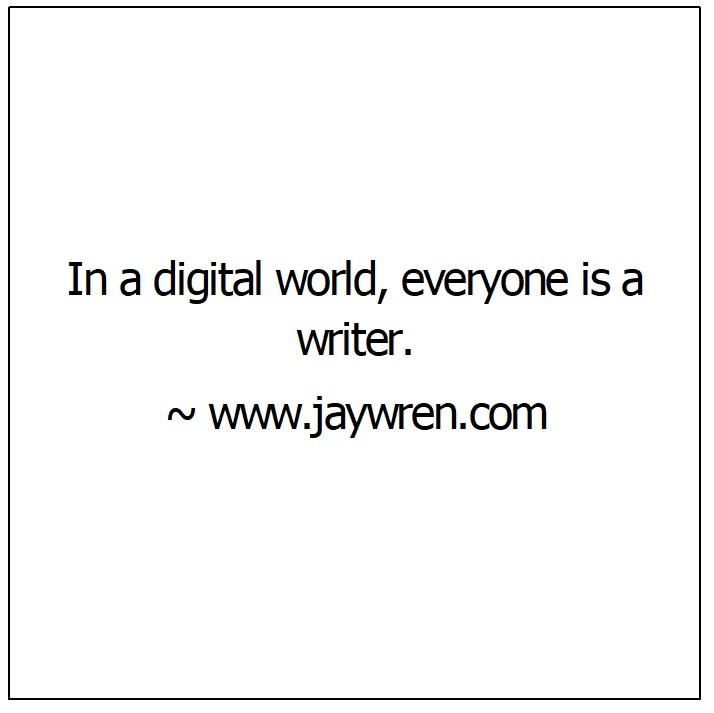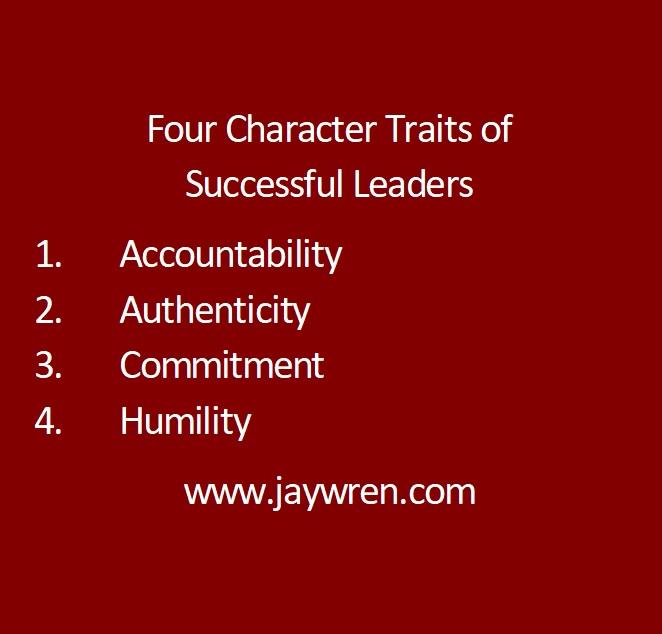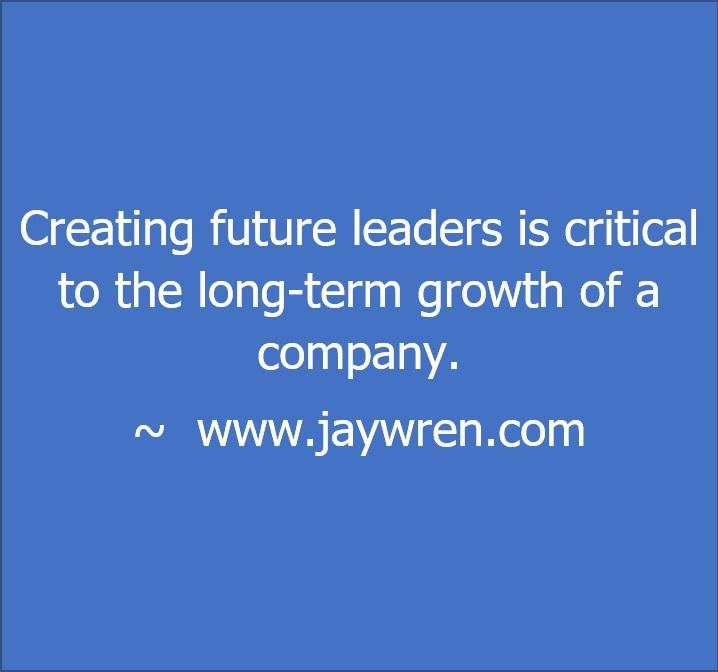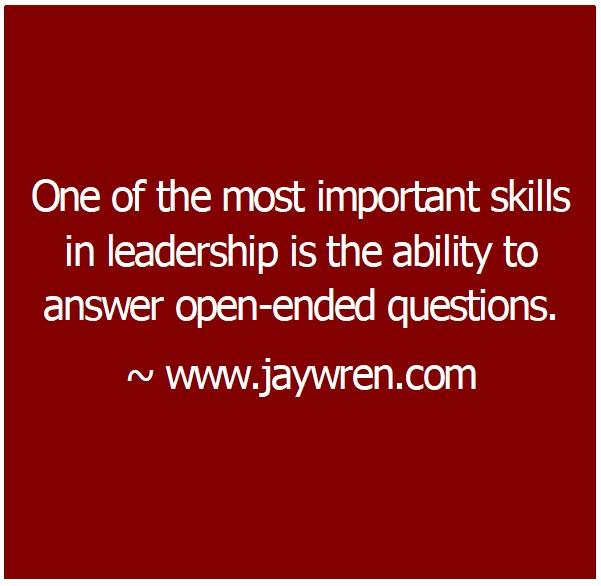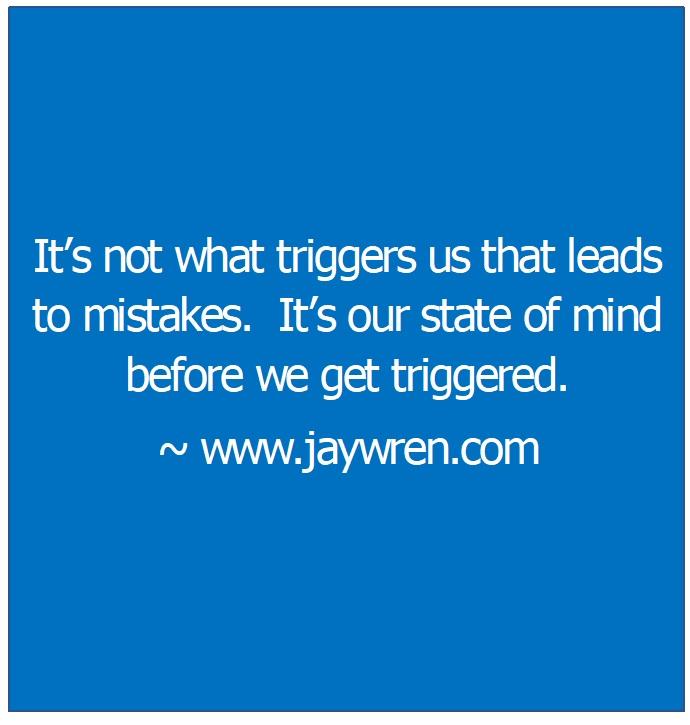Impact writing: In a digital world, everyone is a writer. However, not everyone entered the digital world with the same writing skills. How can you engage your readers for action and interest?
4 Ways to Engage Your Reader with Impact Writing
- Don’t Add the Word, “Very.”
- Don’t write “Is, Was, and By.”
- Use Words that Show Commitment.
- Verify Your Quotes.
Don’t Add the Word, “Very.”
Adding the word “very” to a sentence makes it weaker.
There are three options to more impactful writing.
- Just cut the word “very.”
- Create a comparison for impact.
- Use stronger wording.
For example:
Weak: “Susan is very intelligent.”
Comparison: “Susan is more intelligent than her friends.”
A stronger statement: “Susan is brilliant.”
A second example:
Weak: “Bill ran very quickly across the yard.”
Better: Bill ran quickly across the yard.
Stronger wording: “Bill sprinted across the yard.”
Don’t Write “Is, Was, and By”
These three words create longer, weaker sentences.
Weak: “This play was written by Shakespeare. ”
Stronger: “Shakespeare wrote this play.”
Notice that the first sentence is longer. It has two more words than the second sentence. The extra words weaken the sentence. Additionally, effective sentences show action. They start with the person, place, or thing that acted.
Weak: “The city was flooded by the storm.”
Stronger: “The storm flooded the city.”
Use Words that Show Commitment
Weak: “When I get to it”
Stronger: “I will finish it and have it back to you at 3:00PM.”
Weak: “Maybe I’ll work on it later.”
Better: “I will start on this project at 8:00AM and have it back to you by 11:00AM.”
Verify Your Quotes.
For example, Mark Twain didn’t say,
“If you don’t read the newspaper you are uninformed; if you do read the newspaper you are misinformed.”
Winston Churchill didn’t say,
“If you’re going through hell, keep going.”
Abraham Lincoln didn’t say,
“You can fool all the people some of the time and some of the people all the time, but you cannot fool all the people all the time.”
You can do a web search to verify quotes. I start with sentence like this, “Benjamin Franklin didn’t say…”
For example, you can search the Internet for “Benjamin Franklin didn’t say a penny saved is a penny earned.”
